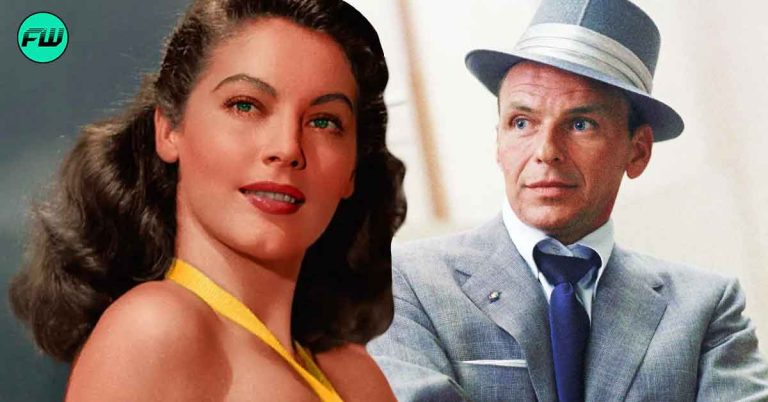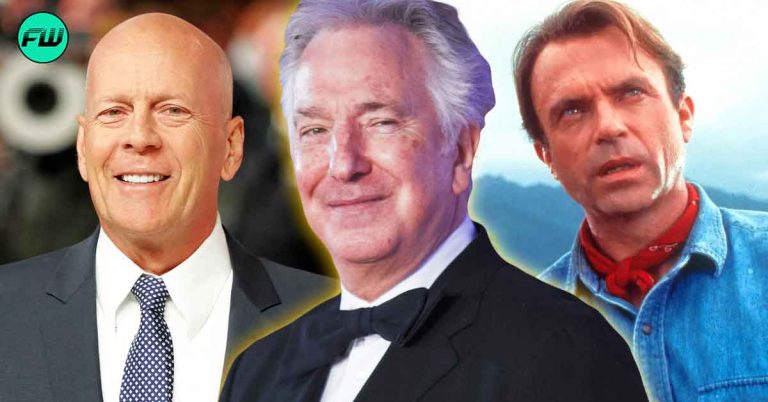Actor Tom Cruise often has a decisive say in his films’ stories, and he proved that in Edge of Tomorrow (2014). Directed by Doug Liman, the movie was a massive hit, however, not a lot of people liked the ending of the film.

Turns out, the filmmakers had planned another ending that was way dark and would’ve definitely left the audience shocked, but Cruise wanted the film to be light-hearted so he decided to scrap that idea and replace it with the ending we see in the movie. Based on the 2004 Japanese light novel All You Need Is Kill by Hiroshi Sakurazaka, the film managed to find its audience many years after its release.
Tom Cruise changed the ending of 2014’s Edge of Tomorrow

The screenwriter of 2014’s Edge of Tomorrow, Christopher McQuarrie, once revealed that he initially planned a different ending for the movie, but actor Tom Cruise decided to change it. In a 2014 interview with MovieWeb, McQuarrie revealed,
“We really struggled to deliver what the movie needed to be emotionally. I know the ending was somewhat controversial, with some people who didn’t like it. I think the only way to make those people happy would be to end the movie in a way that wasn’t happy. We weren’t interested in doing that. It needed to end in a way that wasn’t harsh.”
Even with the revised ending, the fans complained that it was disappointing to see that William Cage (Tom Cruise) doesn’t sacrifice himself and gets to live. In the movie, Cruise starred alongside iconic Hollywood stars like Emily Blunt, Bill Paxton, and Brendan Gleeson.
Also read: How Much Did Tom Cruise Make From Edge of Tomorrow? Will There Ever Be a Sequel?
The darker ending was planned for the film

In the same interview, McQuarrie revealed that an alternate ending was initially planned, but it was removed to make things lighter to cater to all the fans. The writer said,
“When Tom loses the power, and they go to Paris, and Tom is preparing the team as they go into Paris where he’s telling them the rules of the movie, he tells the team everything the audience knows. Basically, he told them: ‘Kill as many Mimics as you want, but do not kill an Alpha. If you kill an alpha we’ll be right back here having this conversation, and we won’t even know it. The enemy will know we’re coming and they’ll kill us all.'”
This was the turning point in the alternate ending as McQuarrie pointed out that they decided to cut the movie at this point,
“When they get to Paris there’s the classic horror movie scene where one of them gets separated from the group, and he gets attacked by an Alpha and kills it. As he kills it, you see the Omega reset the day and you see the point-of-view of the villain. We cut to the plane and hear the same speech all over again. This time when he gets to the line, ‘You can bet they’ll have a plan to kill us all,’ the ship gets hit. As the audience, you realize the enemy knows they’re coming. The problem was you were so exhausted by the time you got to that point.”
The production budget was $178 million, out of which nearly $100 million was spent by Warner Bros on advertising. It was called one of the “biggest box-office risks” in North America in the mid-2000s, however, it managed to earn roughly $370 million at the global box office. It was certainly risky releasing the movie with McQuarrie’s ending, thankfully, Cruise saved the film.
Source: MovieWeb









